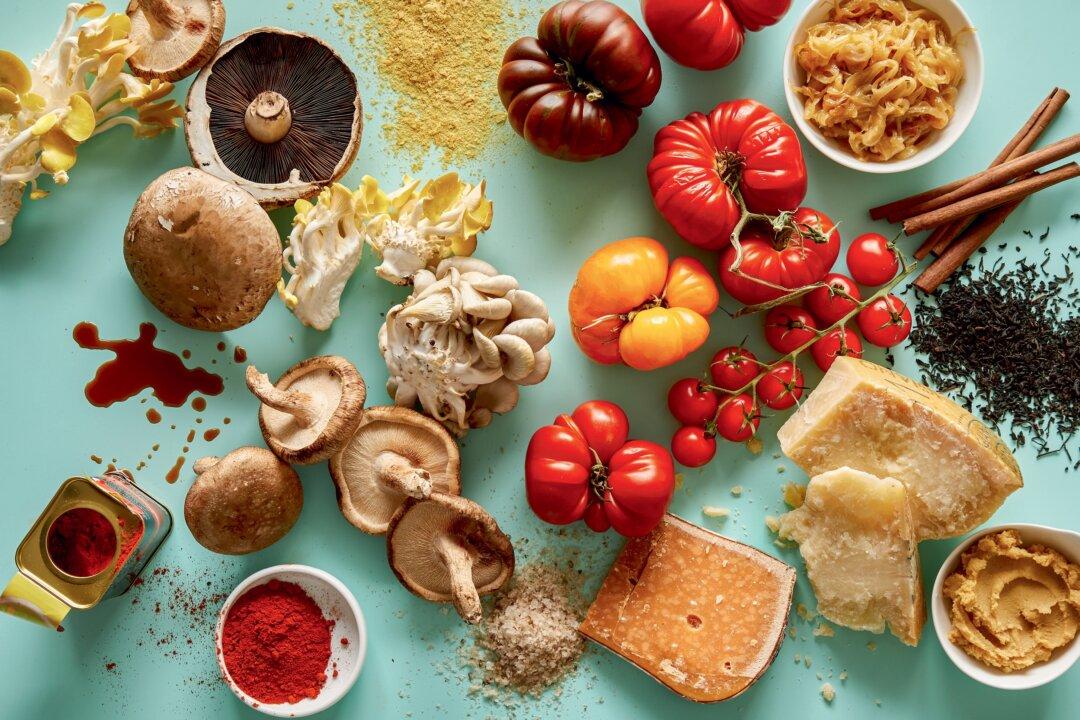Umami is difficult to define. Known as the “fifth taste”—after sweet, salty, bitter, and sour—it’s a deep, meaty sort of savoriness, that extra something that makes a seared steak, or slow-roasted tomato, or hunk of Parmesan cheese taste so deliciously moreish. It’s the answer to why some people love ketchup so much.
The term itself was coined in 1908 by Japanese chemist Kikunae Ikeda, when he decided to study just what made dashi, a foundational broth made from kombu (dried kelp) and bonito flakes, so deeply delicious. He traced the source to glutamate, an amino acid present in kombu—as well as cheese, miso, soy sauce, and tomatoes—and named its taste umami, from the Japanese word for delicious, umai. A rough translation is simply “deliciousness.”






